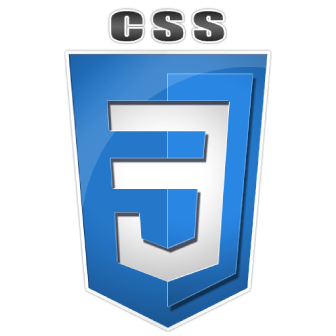
CSS3 (Cascading Style Sheets 3) is used to style and layout web pages. It's the latest evolution of the CSS standard and includes features like animations, transitions, and advanced layout techniques like Flexbox and Grid. CSS3 allows developers to create responsive, visually appealing websites with enhanced user experiences.





.webp)
.webp)
.webp)













